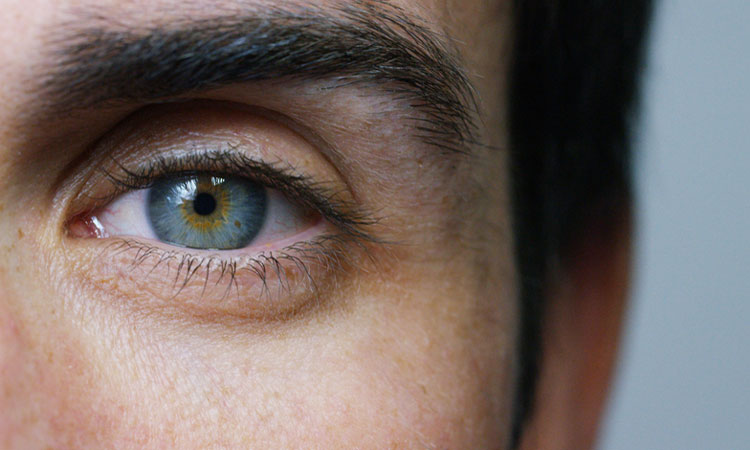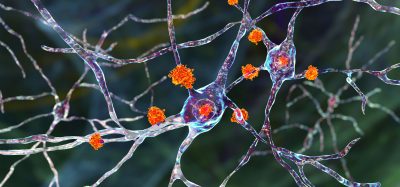Mavoglurant could improve eye gaze in fragile X patients
Posted: 25 January 2019 | Iqra Farooq (Drug Target Review) | No comments yet
A first stage trial involving the experimental drug mavoglurant has shown early success in the treatment of gaze avoidance in fragile X syndrome patients…


Researchers have found that an experimental drug, mavoglurant, could be used to modify a key characteristic in individuals with fragile X syndrome.
A team at Rush University Medical Center and the MIND Institute at UC Davis found that the mGluR5 negative modulator could help target gaze avoidance, improving the eye gaze behaviour of patients.
Gaze avoidance is an established feature of fragile X syndrome, and reflects social anxiety, interfering with social engagements and social-emotional development. Individuals with fragile X syndrome tend to make less eye contact with others, and reduce their looking time to only the eye region of faces.
“Mavoglurant appears to target a core problem in fragile X syndrome patients,” said Dr Elizabeth Berry-Kravis, pediatric neurologist at Rush University Medical Center and senior author of the study.
“This type of drug has been one of the most studied drugs ever in pre-clinical models of developmental disability. It has produced improvement in over 40 scientific papers on the fragile X mouse, fly and rat models. Yet these findings could not be extrapolated to human trial breakthroughs,” said Dr Berry-Kravis.
“The findings in this study suggest the drug is targeting the brain and improving the disease and could act as a biomarker to indicate that the trials completed thus far may not be looking at the right outcomes.”
The research team collected gaze pattern behaviour of 57 patients with fragile X syndrome using an infrared binocular eye tracker. They followed the patients for three months of blinded treatment. The participants of the study were randomly assigned to receive a placebo, or one of three doses of mavoglurant – 25 milligrams, 50 milligrams or 100 milligrams.
Participants were aged between 12 and 45 and had an IQ of less than 70.
“Social anxiety is one of the most stressing manifestations of fragile X syndrome. Gaze avoidance is a pretty good indicator of this social anxiety or avoidance and it could be measured with an eye tracker,” said Dr David Hessl, Clinical Professor in the Department of Psychiatry and Behavioral Sciences and a researcher at the MIND Institute.
“One issue facing our field is the lack of validated biomarkers that can help us determine whether a treatment has engaged its target and is having any effect on behavior. Sensitive laboratory-based biobehavioral measures can be useful tools for detecting targeted treatment-related responses.”
Patients treated with mavoglurant looked significantly more at the eye area of human faces than those treated with a placebo, and that participants had a greater pupil dilation as a sign of reactivity to faces relative to the baseline and in comparison to participants taking the placebo.
“The results from this study are important knowing that the larger trials showed no drug benefit over placebo; yet these objective indicators serve as biomarkers that appear to be sensitive to the treatment,” added Prof Hessl. “This by itself is encouraging on the biomarker development side, and hopefully will open others’ eyes to the possibility that the mGluR theory and modulation might still be clinically and scientifically relevant for people with fragile X.”
Dr Berry-Kravis is currently leading a study focusing on the effects of mavoglurant on language learning in 3 to 6 year old children with fragile X syndrome.
This study was reported in the journal PLOS ONE.
Related topics
Disease Research, Drug Development, Drug Discovery Processes, Research & Development, Therapeutics
Related conditions
Fragile X Syndrome
Related organisations
MIND Institute, Rush University Medical Center
Related people
Dr Elizabeth Berry-Kravis








